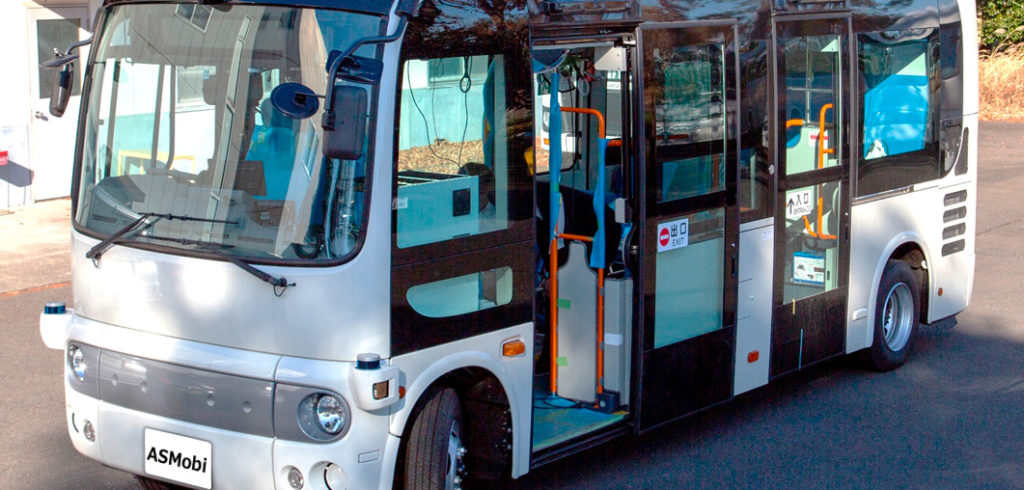Japan has recently faced a severe driver shortage across its public mass transportation systems. To tackle this challenge, transportation authorities are looking to create a smart public transportation system, including a significant component of autonomous buses and trucks.
As part of this process, Japanese firm Advanced Smart Mobility, in collaboration with the University of Tokyo, is conducting research on autonomous driving and intelligent transportation systems (ITS) geared toward large trucks and buses. Since 2019, ASM has been running Level 2 autonomous buses on routes around the university.
As is being demonstrated around the world, on-road autonomous driving poses significant challenges to vehicle developers. To move to a higher level of autonomy – Level 4 being the target – ASM’s engineers are developing a guidance system that responds reliably regardless of its surroundings, be they city streets or mountain roads. The system also needs to be robust and capable of providing accurate data on a vehicle’s location within its operating environment.
One critical element in achieving this is a precise vehicle positioning system. Thanks to a long-standing relationship with US supplier Trimble, ASM selected its high-precision GNSS (global navigation satellite system) positioning technology – including real-time kinematic solutions (RTK) with virtual reference station (VRS) – to the meet required level of positioning accuracy.
Specifically, ASM’s test vehicles will use Trimble’s BX940-INS GNSS inertial receiver modules in ruggedized enclosures, as well as its Zephyr 3 geodetic antennae, which support GPS, GLONASS, Galileo etc. When integrated into the vehicle’s guidance system, these will provide a constant stream of positional data, to enable flexible and reliable operation.


